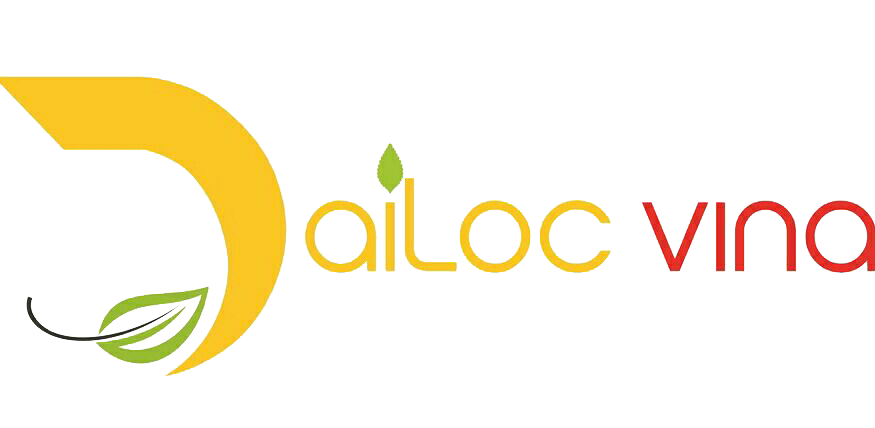News
COIR MAT OUTDOOR THE BEST SELLER
WHAT ARE COIR MAT?

Coir mat, also known as coco mats, are natural and eco-friendly mats commonly used for both indoor and outdoor applications. They are made from the fibrous material found between the hard, internal shell and the outer coat of a coconut.
HOW ARE COIR MATS MADE?
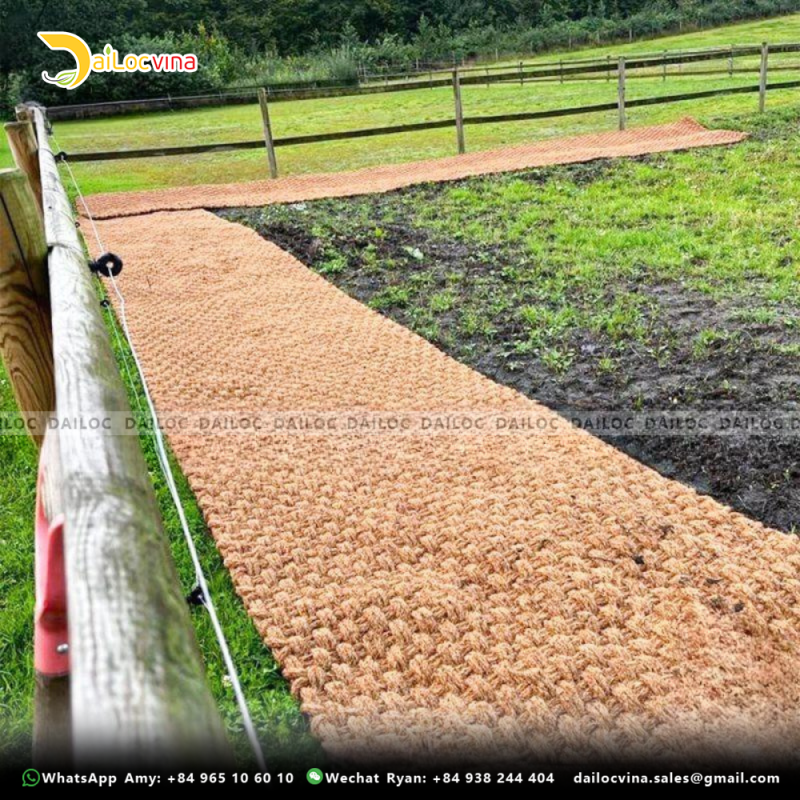
Extraction of coconut fibers: The process starts with the extraction of coconut fibers from coconut husks. This is typically done by soaking the husks in water to loosen the fibers, followed by mechanical extraction or manual beating to separate the fibers from the husks.
Cleaning and sorting: Once the fibers are extracted, they are cleaned to remove any debris or impurities. They are then sorted based on length and quality to ensure uniformity in the final product.
Twisting or weaving: The cleaned and sorted coconut fibers are twisted or woven into mats of various sizes and thicknesses. Depending on the intended use, the fibers may be woven tightly for durability or left loose for better moisture absorption.
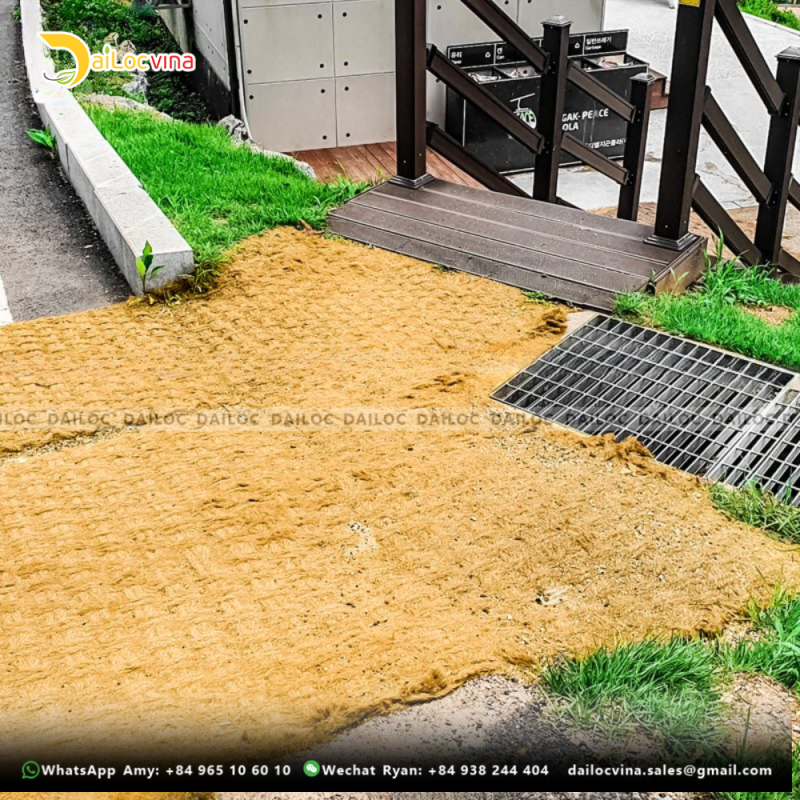
Dyeing and printing (optional): Some coconut coir mats may undergo dyeing or printing processes to add color or decorative patterns. Natural dyes or eco-friendly printing methods are often used to maintain the eco-friendliness of the mats.
Final finishing: After weaving and any additional treatments, the coconut coir mats undergo final finishing processes to trim excess fibers, shape the edges, and ensure uniformity in appearance and size.
Quality control: Throughout the manufacturing process, quality control measures are implemented to ensure that the coconut coir mats meet industry standards for durability, appearance, and eco-friendliness.
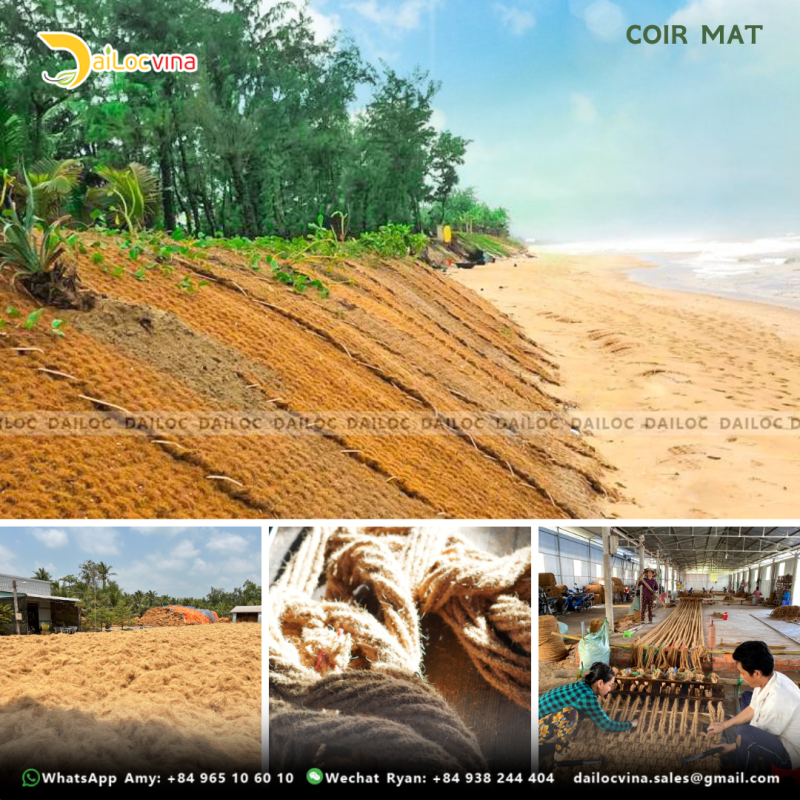
Overall, coconut coir mats are made through a combination of traditional techniques and modern manufacturing processes, resulting in eco-friendly and versatile floor coverings suitable for a wide range of applications.
WHY COCONUT COIR MATS’ IMPORTANCE
Environmental Conservation: Sustainable materials help conserve natural resources by reducing the extraction of finite resources such as fossil fuels, minerals, and timber. They often utilize renewable resources or recycled materials, minimizing the depletion of ecosystems and habitats.
Reduced Carbon Footprint: Eco-friendly materials typically have lower carbon footprints compared to their conventional counterparts. They require less energy and resources to manufacture, leading to reduced greenhouse gas emissions and mitigating climate change impacts.
Waste Reduction and Recycling: Sustainable materials promote waste reduction and recycling initiatives by utilizing recycled materials or being biodegradable and compostable at the end of their lifecycle. This reduces the burden on landfills and encourages a circular economy where materials are reused or repurposed.
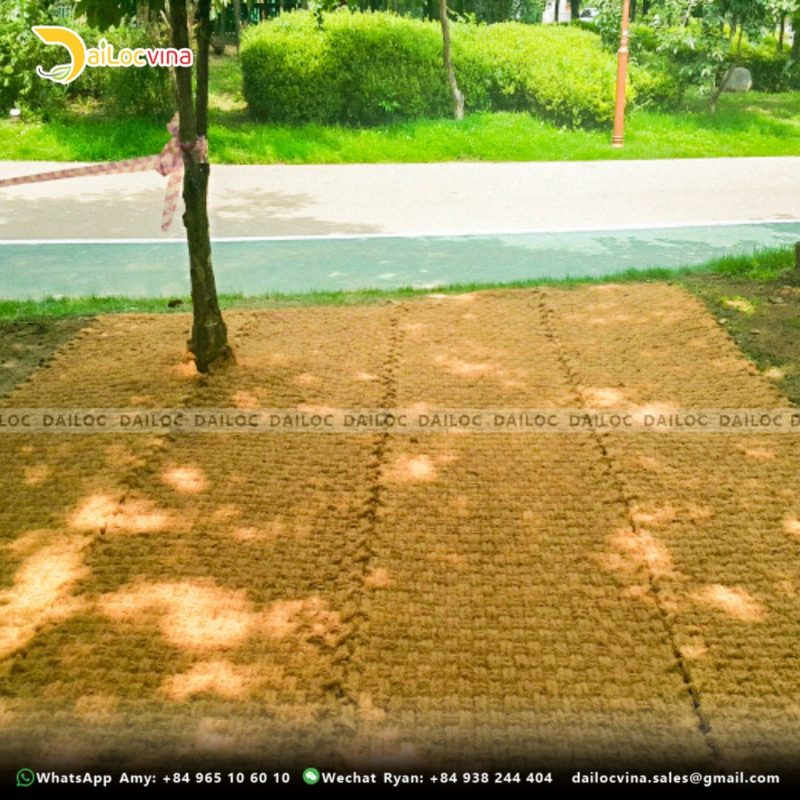
Health and Well-being: Many eco-friendly materials are safer for human health and well-being compared to conventional materials that may contain harmful chemicals or pollutants. They contribute to indoor air quality and reduce exposure to toxins, improving overall health outcomes.
Biodiversity Conservation: By promoting sustainable land and resource management practices, eco-friendly materials help protect biodiversity and ecosystems. This is essential for maintaining ecosystem services such as pollination, soil fertility, and water purification, which are vital for human survival and well-being.
Social Responsibility: Choosing sustainable materials reflects social responsibility by supporting ethical labor practices, fair trade principles, and equitable distribution of resources. It contributes to the well-being of communities, particularly in developing countries where natural resource extraction often intersects with socio-economic issues.
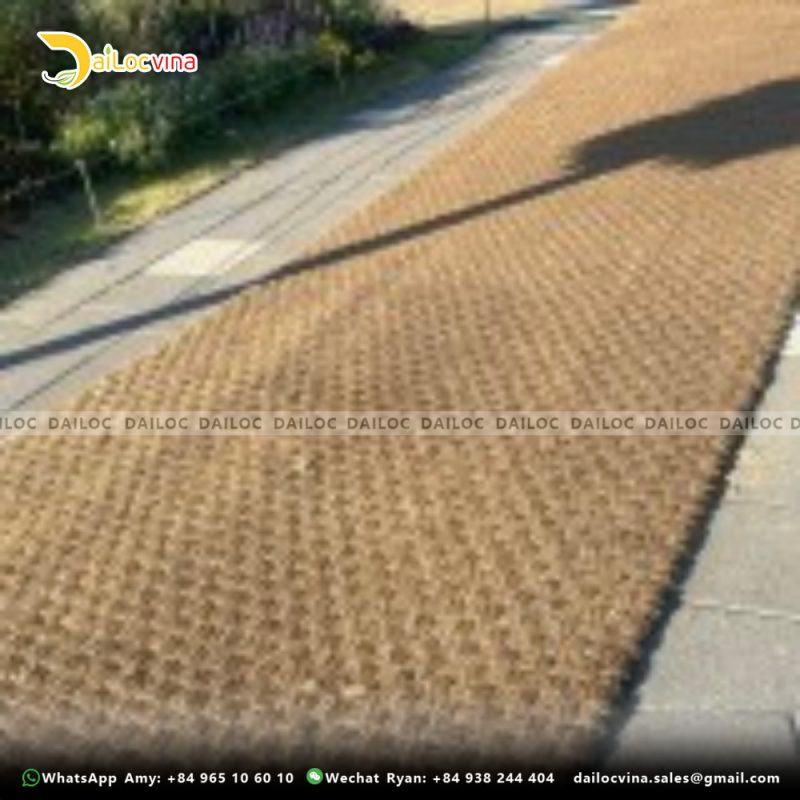
Regulatory Compliance and Market Demand: With increasing awareness of environmental issues and stricter regulations, there is a growing demand for sustainable and eco-friendly materials. Companies that prioritize sustainability not only comply with regulations but also meet consumer expectations and gain a competitive edge in the market.
Long-term Viability: Sustainable materials promote long-term viability and resilience by fostering resource efficiency, innovation, and adaptive capacity. They contribute to building a more sustainable and resilient society capable of addressing future challenges such as climate change, resource scarcity, and environmental degradation.
SOME POTENTIAL APPLICATIONS OF COIR MAT
Insulation Material: Coconut coir, due to its natural insulation properties, can be utilized as an eco-friendly insulation material in construction. It provides thermal insulation, helping to maintain indoor temperatures and reduce energy consumption for heating and cooling.
Green Roof Systems: Coconut coir mats can be used as part of green roof systems, where vegetation is grown on building rooftops for environmental benefits. Coir mats serve as a growing medium for plants, providing stability, moisture retention, and protection for roof structures.
Erosion Control: In construction projects involving landscaping, slopes, or waterways, coconut coir mats are used for erosion control. These mats help prevent soil erosion by stabilizing the ground, controlling runoff, and promoting vegetation growth.
Geotextiles and Soil Stabilization: Coconut coir mats can be employed as geotextiles in soil stabilization applications. They act as a natural alternative to synthetic geotextiles, providing erosion control, weed suppression, and reinforcement for slopes and embankments.

Green Building Materials: As consumers increasingly prioritize sustainability in construction materials, coconut coir mats serve as eco-friendly alternatives for flooring, wall cladding, and decorative elements. They offer natural aesthetics, durability, and moisture resistance, contributing to green building certifications such as LEED (Leadership in Energy and Environmental Design).
Biodegradable Packaging: Coconut coir mats can also find applications in eco-friendly packaging solutions. They are biodegradable, compostable, and lightweight, making them suitable for packaging materials that reduce environmental impact and promote sustainability throughout the supply chain.
Acoustic Panels: Coconut coir can be compressed and formed into acoustic panels for sound insulation in buildings. These panels absorb sound waves, reducing noise levels and improving indoor acoustics while utilizing a renewable and biodegradable material.
Stormwater Management: In sustainable urban development, coconut coir mats can be integrated into stormwater management systems. They help filter pollutants from runoff, improve water quality, and promote infiltration into the ground, reducing the burden on drainage infrastructure and mitigating flood risks.
WHERE TO BUY COIR MAT IN DAILOCVINA
We, DAILOCVINA is proud to be the top manufacturer of coconut products such as: coir shade sail, coconut shade sail, coconut fiber mat, coir shade sail, coir mat, coir net, coir fiber mat, coco peat, coco coir pellet…. products at high quality with competitive price.

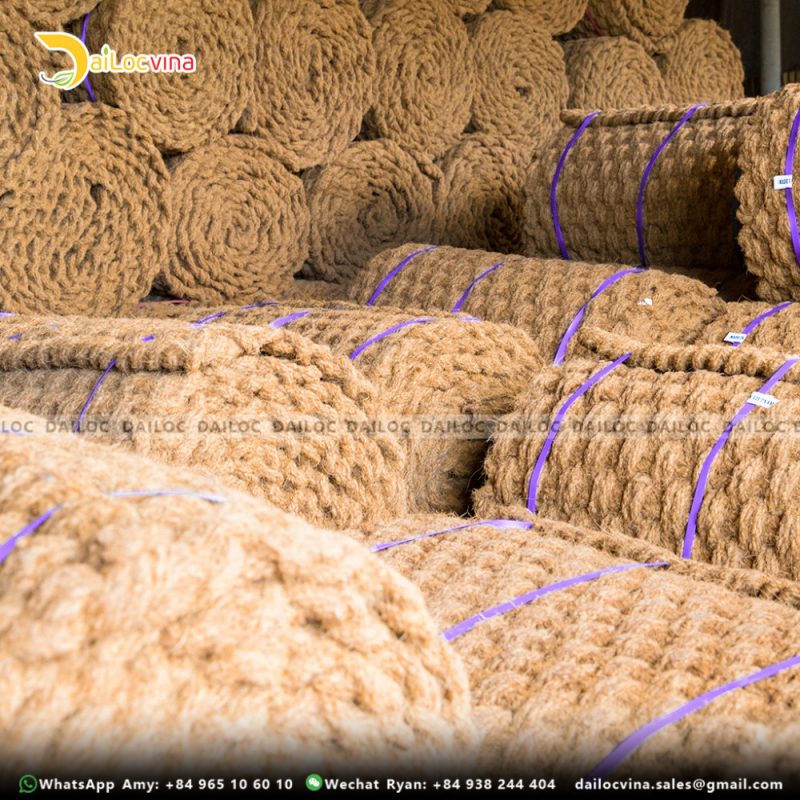
If you have inquiry, please contact our team sales:
Mr Ryan (Vietnam): +84 938244404 (Kakaotalk, Wechat, Whatsapp)
Ms.Lan ( 한국 영업 담당자 ): +84 969273598 | Kakaotalk ID: hoailan98 Ms.Ryna ( 한국 영업 담당자 ): +84 968987869 | Kakaotalk ID: Rynaspears209
阮秀钗 (中文): +84 933320776 微信ID:TuTram1008
阮祥薇(中文):+84397317401 微信ID:Nttv0608
Ms. Doris (English): +84 785525348 (WhatsApp/ Wechat)
Amy (English) :+84 965106010 (WhatsApp/Wechat/Kakao)
Website: https://cocohitech.com/ (English)
Website: https://kr.cocohitech.com/ (Korea)
Website: https://cocohitech.jp/ (Japan )
Youtube: https://www.youtube.com/watch?v=zX5ZM0szC6k
